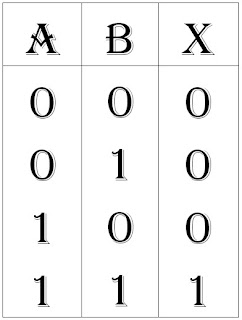ARITHMETIC FOR COMPUTER.
Number System Base .
WHAT IS A BASE FOR NUMBER SYSTEM TYPES ?
Most of the numbering system will have a base .
 Base of 10 .
Base of 10 . The value of the assigned weight is composed
by 10 digits starting from 0 until 9 .
The value of the assigned weight is composed
by 10 digits starting from 0 until 9 . The
positive and negative values are determined by their position weight structure .
The
positive and negative values are determined by their position weight structure .
Ø DECIMAL NUMBER:
















































